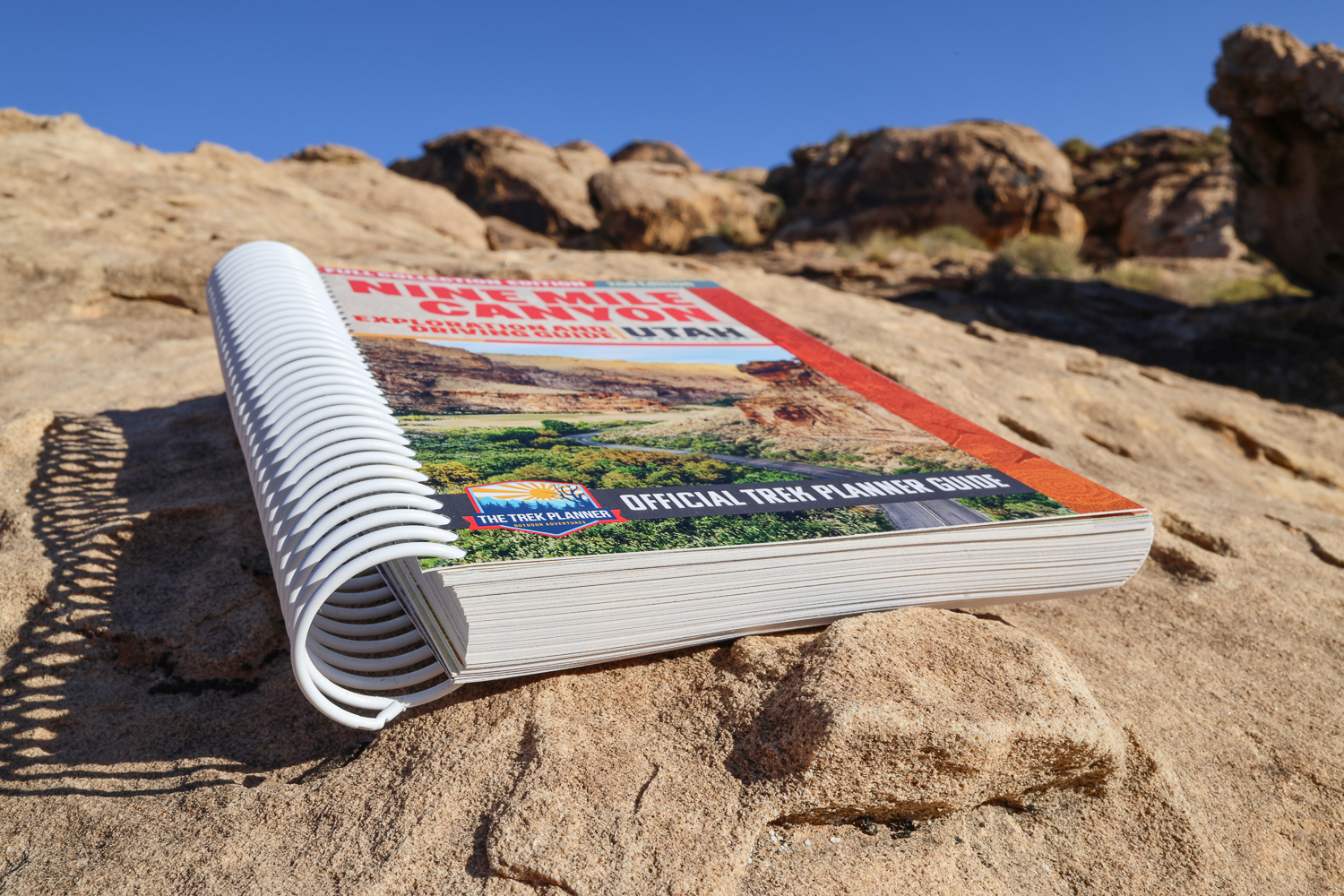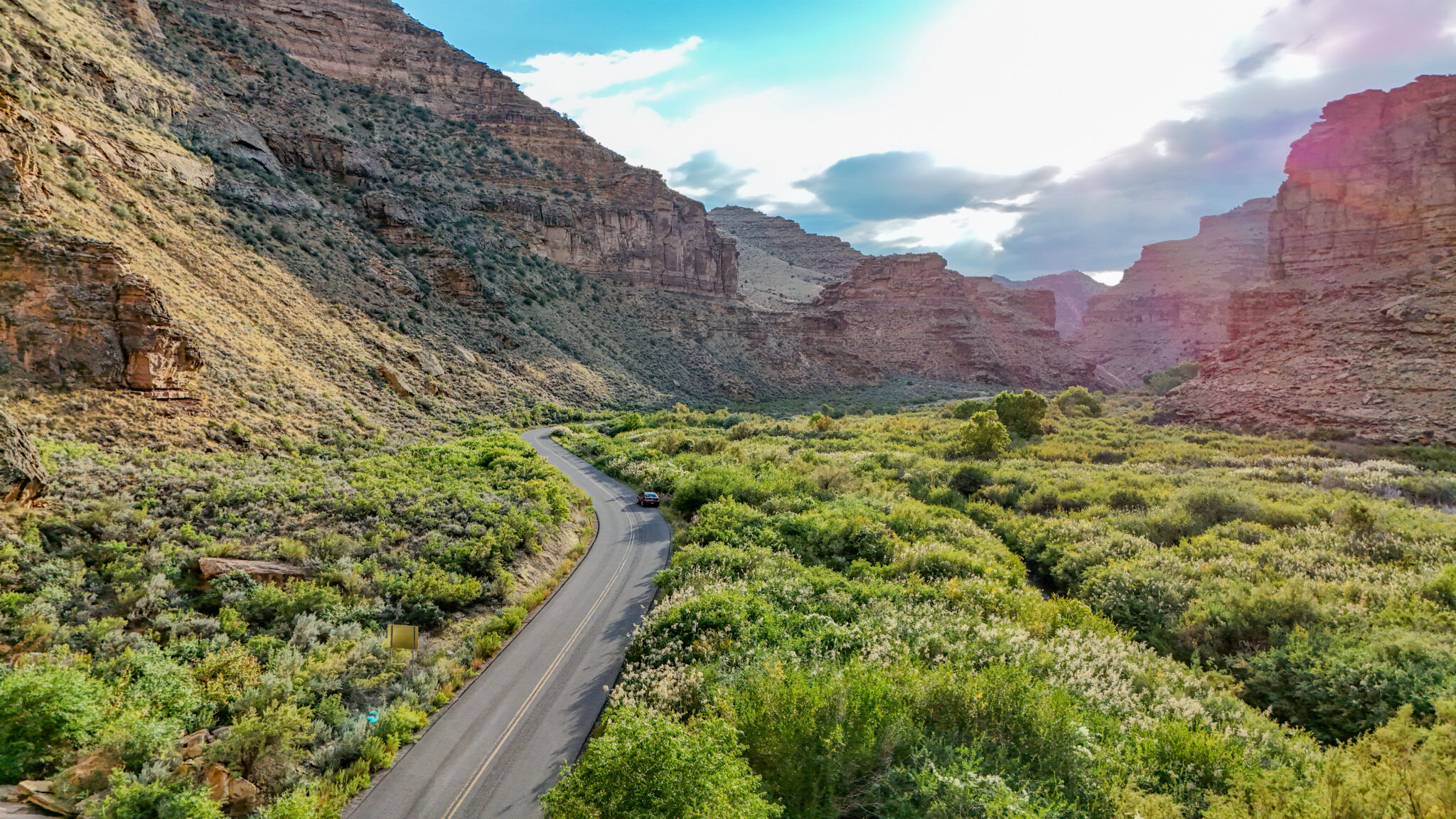$50.00
Nine Mile Canyon Guidebook Full Collection Edition – Spiral Booklet
Official GuidesDiscover over 230 unique rock art and ruin sites with GPS coordinates, vivid photos, and expert insights—all in a convenient spiral-bound guide.
Out of stock
Description
Due to overwhelming demand and frequent emails about my sold-out first edition, I’ve created the Full Collection Edition—a Trek Planner exclusive and meticulously expanded guide to Nine Mile Canyon in Utah. This unprecedented resource combines everything an explorer needs, featuring precise GPS coordinates and insights on over 230 rock art and ruin sites that most guides simply overlook.
While not an exhaustive history, this guidebook opens access to hidden petroglyphs, ancient granaries, and secluded ruins that are not documented elsewhere. After five years of research and more than twenty visits, this guidebook provides a one-of-a-kind experience, allowing you to explore Utah’s “Longest Art Gallery” in ways previously unavailable. Dive into Nine Mile’s past with this unique guide, designed for explorers who seek the extraordinary.
- Access over 230 unique rock art and ruin sites, including many hidden locations not featured in other guides
- Vibrant full-color photographs bring each site to life, enhancing your exploration experience
- Precise GPS coordinates paired with detailed descriptions ensure seamless navigation and context for every discovery
- Convenient spiral binding for easy use on the go
- 298 full color pages
- **Limited print






Additional information
| Weight | 16 oz |
|---|---|
| Dimensions | 8.5 × 5.5 × 1.5 in |













